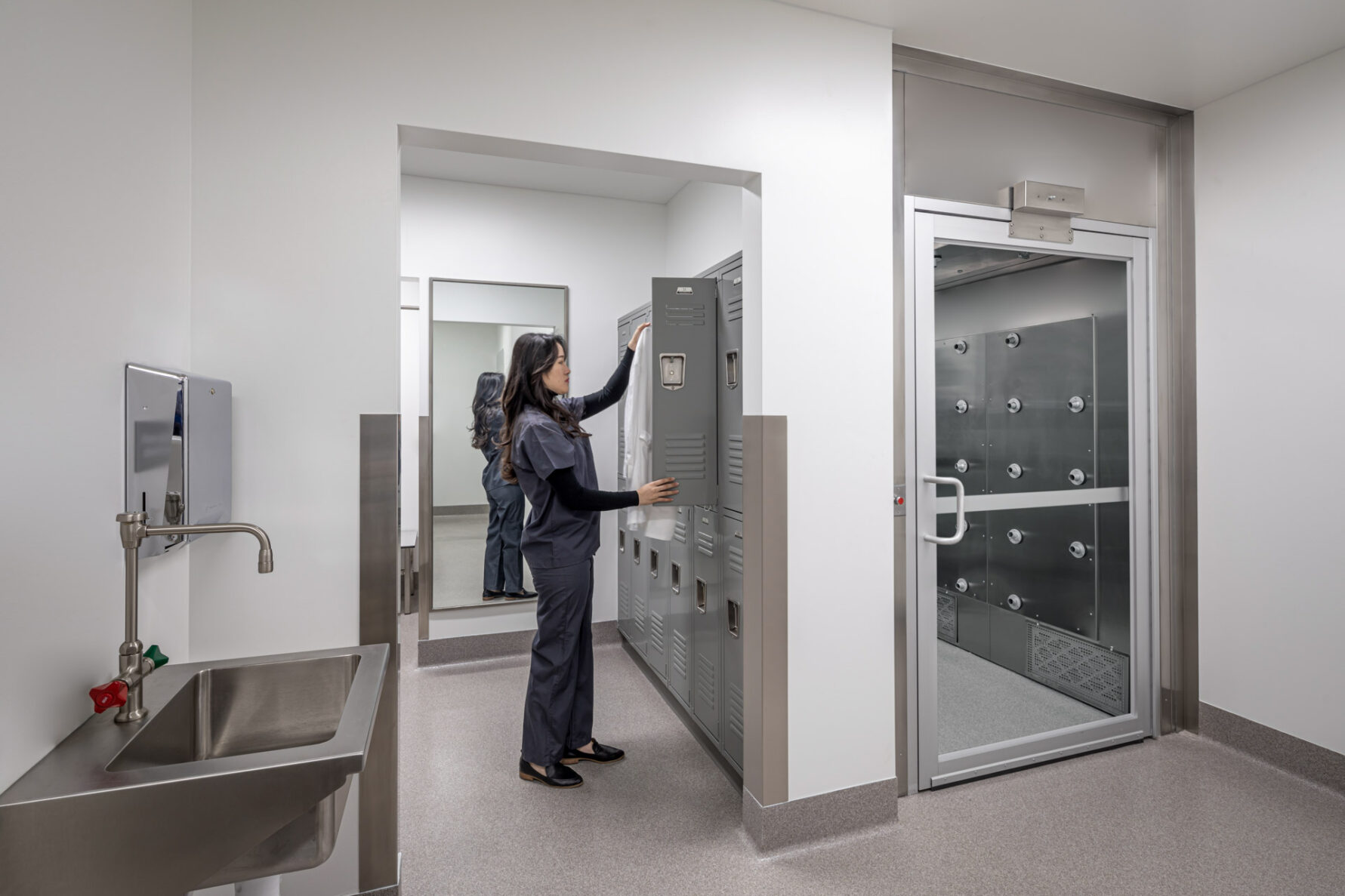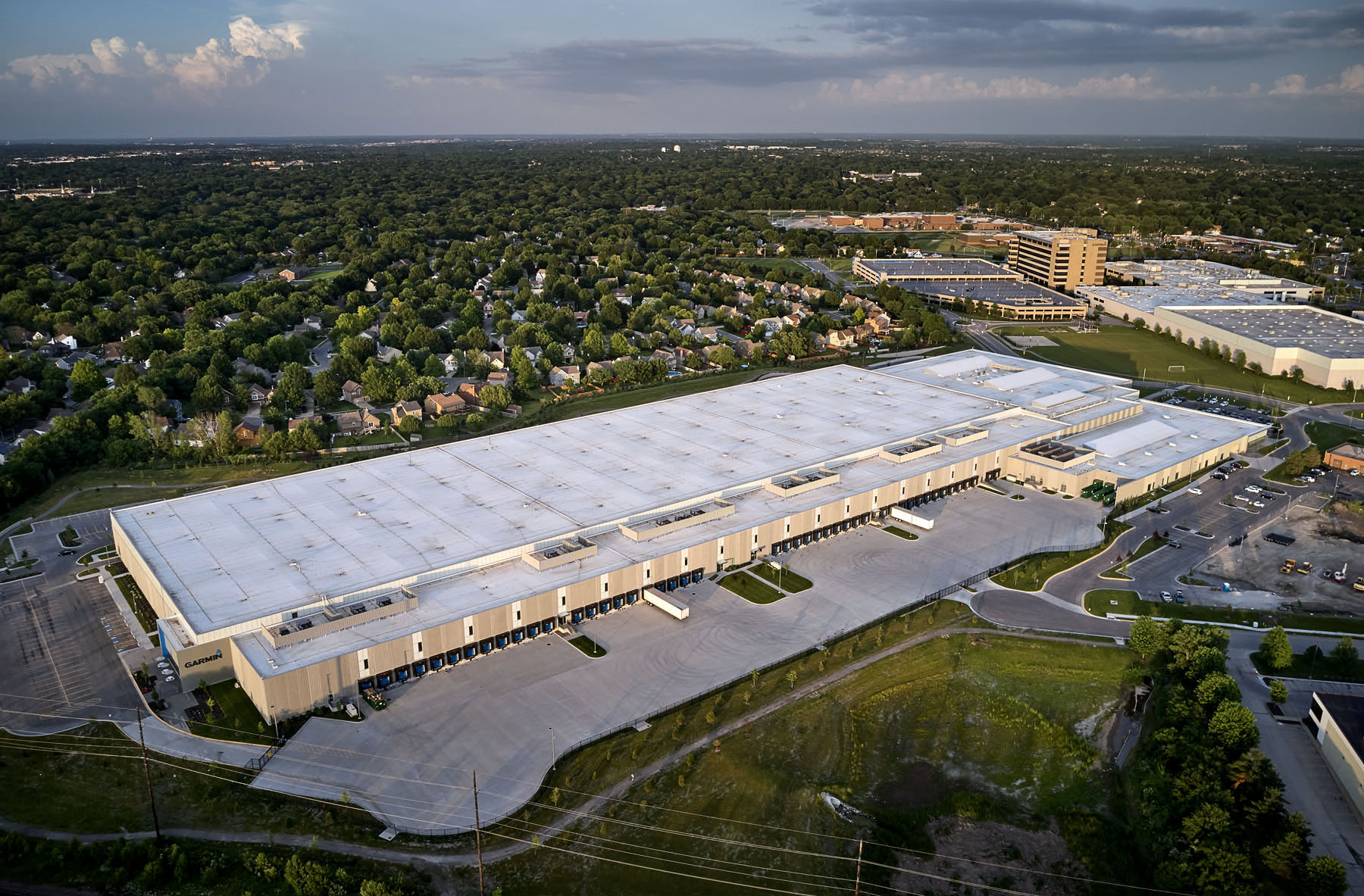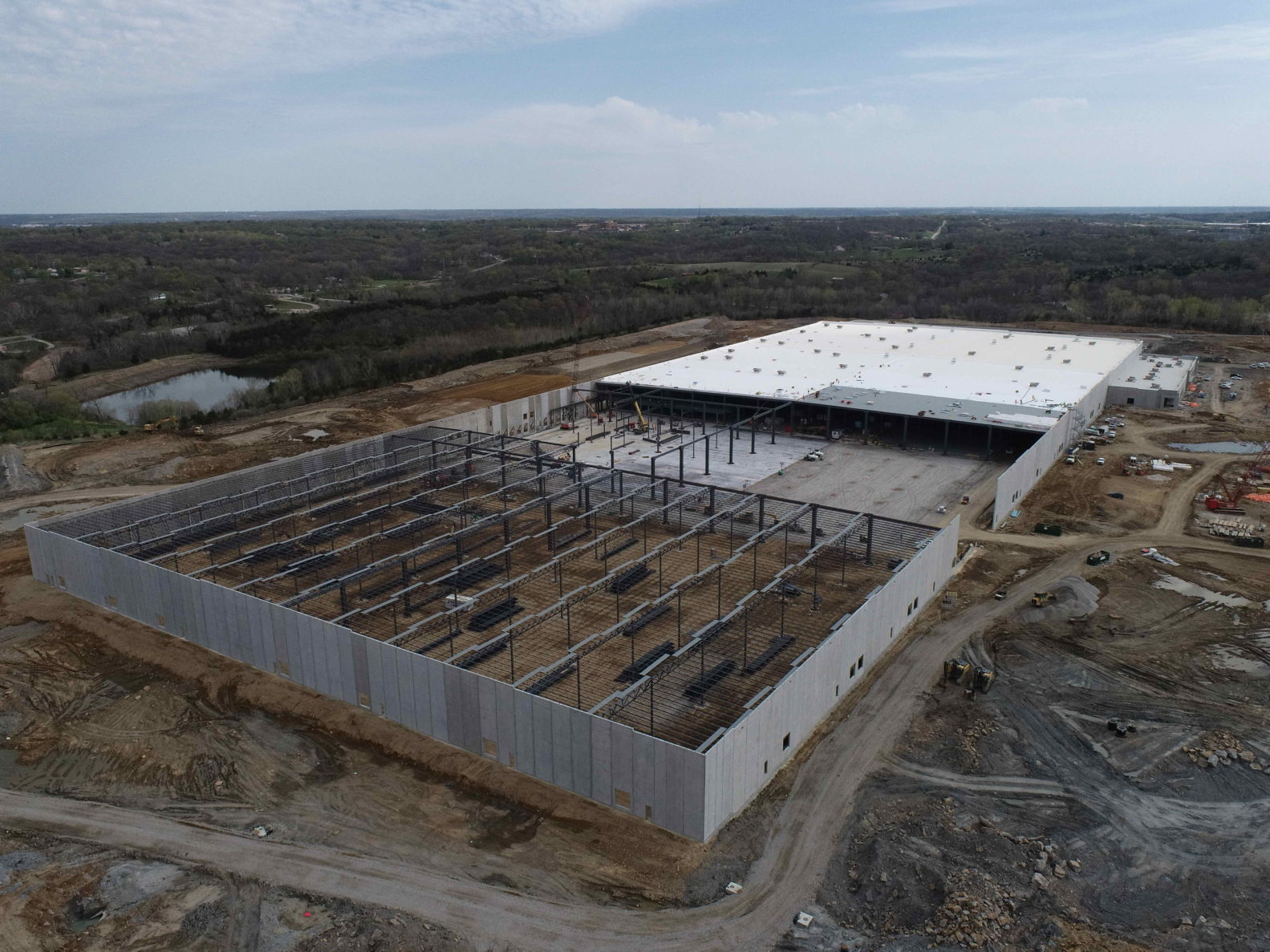Planning a Vivarium? Here’s Five Things You Need to Know

When constructing a vivarium, an enclosed area for raising and maintaining living organisms, particularly plants and animals, McCownGordon recommends considering five key components of the structure, which when addressed together, ensure the safe and successful operation once construction is complete.
1. Environmental Control Systems
Vivaria often require precise control over environmental factors such as temperature, humidity, and lighting to create optimal conditions for the organisms within. Expertise installing sophisticated environmental control systems to maintain these parameters within specific ranges means Mechanical, Electrical and Plumbing (MEP) system considerations become key. With our in-house MEP experts, we partner with clients and the design team to make certain the systems procured and installed not only achieve these goals, but also provide life-cycle efficiencies and cost savings for clients.
2. Biosecurity Measures
Biosecurity is crucial in vivarium construction to prevent the introduction of contaminants or pathogens. At McCownGordon, we work closely with clients to ensure they can implement specific, strict protocols for access control, air filtration, and waste disposal to minimize the risk of disease transmission among the organisms housed in the vivarium.
3. Specialized Construction Materials
Vivaria often need specific construction materials that are resistant to corrosion, moisture, and chemicals. They need to be seamless with all voids sealed. The choice of materials should consider the unique requirements of the vivarium environment and the potential impact on the health of the organisms. For example, we’ve found non-toxic and easy-to-clean materials often bring these benefits. Early identification and purchase of these specialized materials helps maintain the construction schedule and can result in cost-savings when accounting for the impact of material fluctuations and inflation.
4. Ventilation and Air Quality
Ensuring a continuous supply of fresh air and preventing the buildup of contaminants requires adequate ventilation. This means installing efficient ventilation systems to maintain air quality throughout the facility, another area where McCownGordon’s in-house MEP experts bring added value to the table. The right ventilation system ensures separation of positive and negative pressure zones, unidirectional airflow control, effective airlock design, and integration of HEPA filtration systems, to remove particles and microoragnisms from the air. These protections create environments that meet the highest standards for the health and isolation of organisms.
5. Compliance with Regulations and Standards
Equally important is adherence to local, state, and federal regulations, along with industry standards for animal care and research facilities. With our deep experience, McCownGordon keeps these front and center, ensuring vivarium construction complies with these guidelines to safeguard the well-being of the organisms and maintain facility safety.
Constructing a vivarium requires specialized expertise and an understanding of vivarium design and animal care. Bringing the right partners to the table helps guarantee construction aligns with the precise requirements of the organisms intended for the vivarium.





